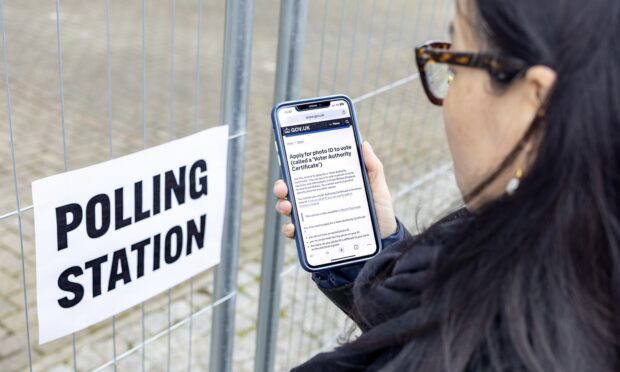Four UK tech SMEs have received backing for technologies designed to safely assess the potential presence of dangerous matter
The MoD and the Home Office wants to accelerate the development of autonomous vehicles that could be used to evaluate potentially hazardous environments
The government has awarded a total of more than £1.6m funding to four UK SMEs creating robot and drone technology that could be used in hazardous environments.
The money has been awarded through the Minerva competition, which is part of an investment scheme run by Ministry of Defence-sponsored government agency the Defence Science Technology Laboratory (Dstl). The aim of the competition – which is backed by both the MoD and the Home Office – is to identify and accelerate the development of autonomous technologies that can be used to evaluate potentially hazardous environments.
The first project to be awarded funding is the Snake Eyes device developed by Milton Keynes-based Autonomous Devices. The technology “is small enough to be posted through a letter box and relay 3D images of a space, and can detect chemical agents”, the government said.
Related content
- Introducing the Harris T7 – the MoD’s new £1m bomb-disposal robot
- Drones can offer the public sector a treasure trove of data: we can’t just view them as a threat from the skies
- Cabinet Office launches £4m project to drive use of software robots across civil service
BMT Defence Services in Bath has also been awarded money to develop a drone armed with “high-tech gas-sensing technology”. Nuneaton-based engineering consultancy Horiba Mira, meanwhile, has received funding for its creation: “a robot with its own neural networks which can deploy on decontamination missions”.
Loughborough University has obtained backing for “a pocket-sized drone which can search for chemicals”.
The winners were selected as part of a second phase of the Minerva competition, in which 18 projects were whittled down to the four that will receive greater levels of funding.
Peter Stockel, autonomy innovation lead at DstL, said: “With continued involvement and demonstration with the user community, we aim to mature this emergent capability over the next 12 months to test the art of the possible, and accelerate this into the hands of the prospective users for further operational evaluation, both for MoD and the Home Office.”
Defence secretary Sir Michael Fallon added: “With intensifying threats abroad and the risk of accidents at home, we need the very latest technology to respond to any incident.”



